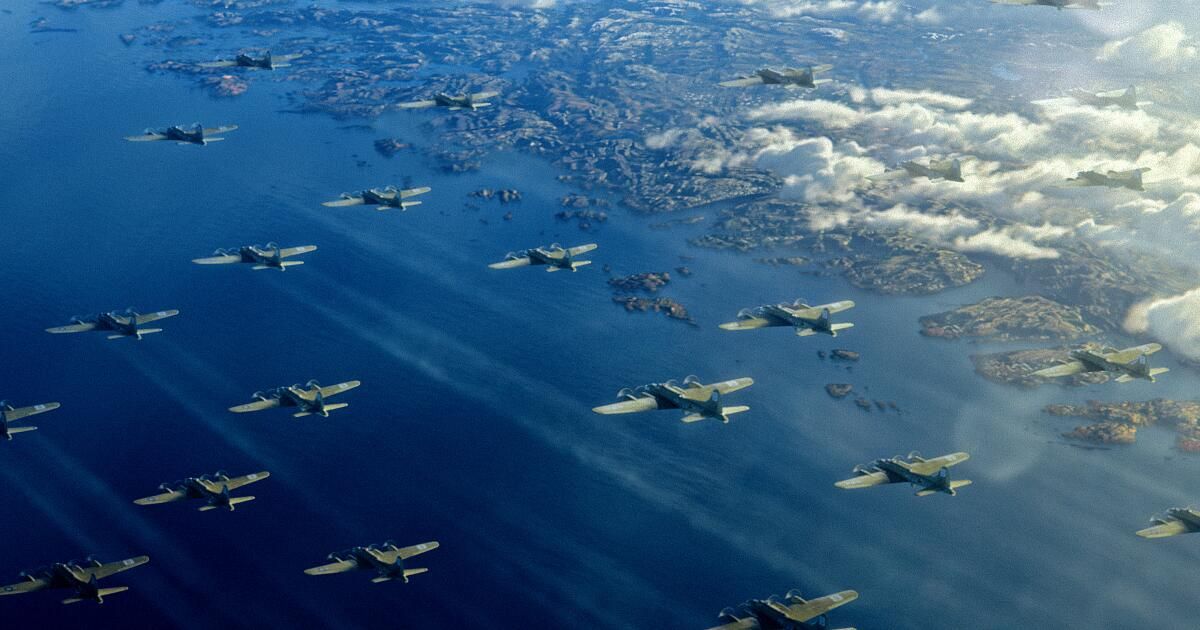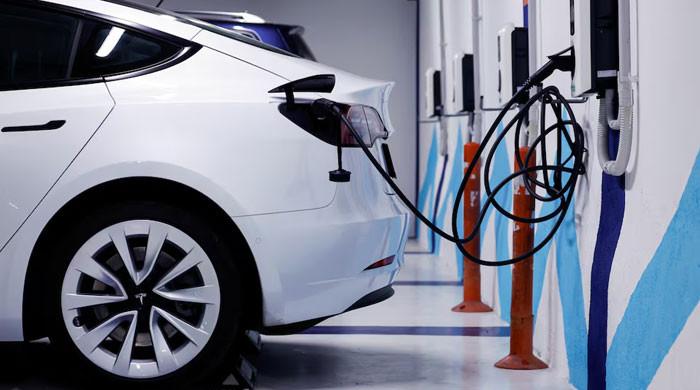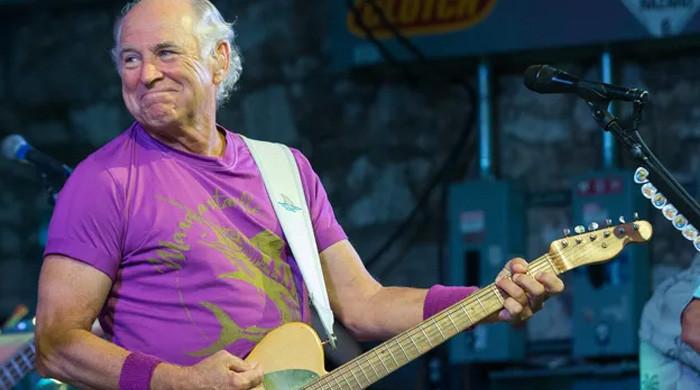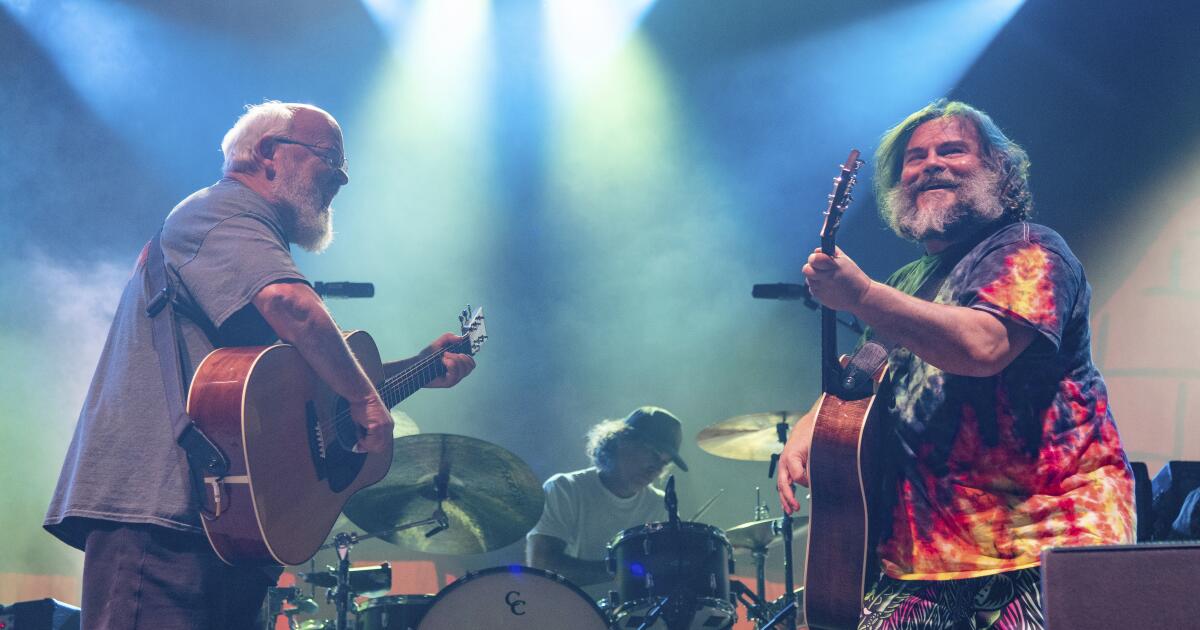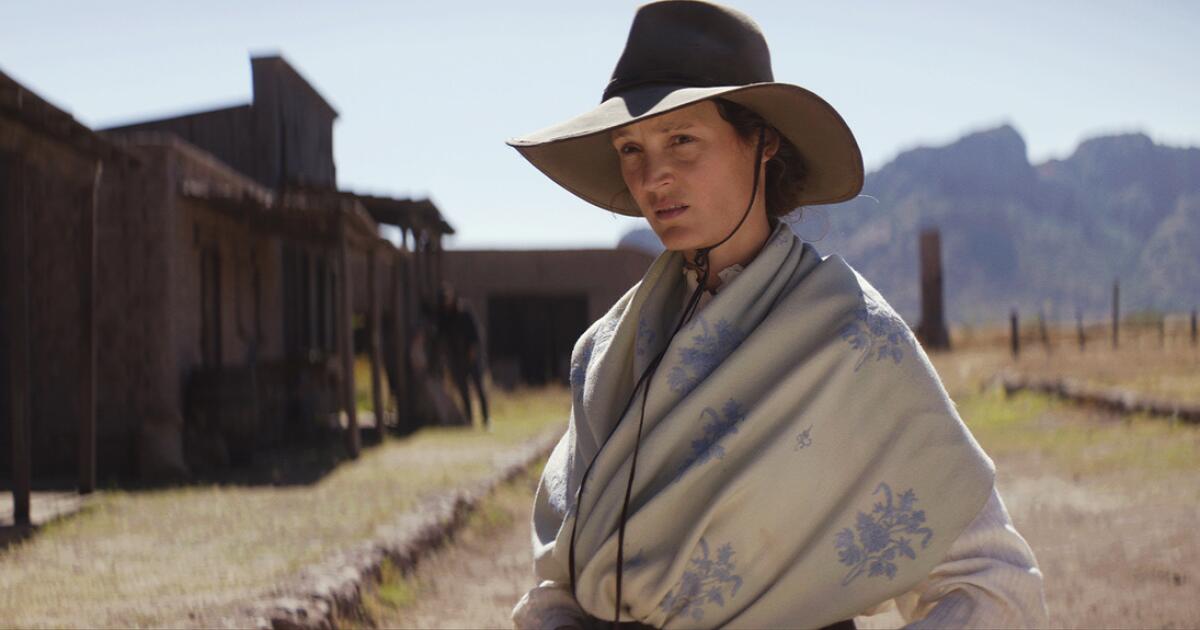Lee Morrison was in Greece staging car chases for the James Bond movie “No Time to Die” when director Cary Fukunaga asked him to handle stunts for the limited series “Masters of the Air.” “My initial reaction was, 'Oh shit, I don't know if I want to do that,'” says the British stunt coordinator. “I knew the book 'Masters of the Air' [by Donald L. Miller] and he asked himself: 'How are we going to film this? Are there still B-17s flying? Are we going to jump off them?'”
Morrison helped uncover the answers when he signed on to oversee the action of Apple TV+'s factual series about the raids of “The Bloody 100th” bomb squad on Nazi Germany during World War II, directed by Maj. John “Bucky ”Egan (Callum Turner). and Major Gale “Buck” Cleven (Austin Butler).
Cinematographer Jac Fitzgerald, who had previously worked on “The King” with “Masters” lead cinematographer Adam Arkapaw, joined for episodes 5 and 6 alongside directors Anna Boden and Ryan Fleck. It was a humiliating experience, Morrison recalls. “Sometimes Jac and I would sit down early to get ready and just stand there in silence, looking at the plane over these gimbals and realizing, 'We have to do justice to these brave men.'”
Morrison and Fitzgerald spoke via Zoom about collaborating with visual effects supervisor Stephen Rosenbaum's team to simulate the aviators' harrowing missions 25,000 feet above Germany without leaving Earth.
Rigging holds a gimbal with a portion of a bomber on top so that the actors inside can react to the aerial battles shown in the volume.
(Robert Viglasky/Apple)
The B-17 bombers play a starring role in this series. What did you have to work with?
Jac Fitzgerald: When I came in, the whole machine was running. For the airfield sequences, two towed airplanes were built on a one-to-one scale, which could move but not at high speed and, even less so, in the air. On the volume stage [in Aston Clinton, England], a third B-17 was divided into sections. The nose and cockpit were placed on top of a gimbal. The fuselage was another space with an elongated body. And the ball turret was a separate piece, so we could get under it or inside it.
Can you explain how the LED “volume” works? Are images projected on it?
Fitzgerald: The volume screen [surrounding the actors] It is meant to be photorealistic so that the actors on the plane can look out the window and see other planes, explosions, clouds, bodies flying through the air. However, the VFX team didn't have time to create all those shots, so we used proxy images. Actors could see “tracer bullets” pass by and see explosions in the air and the eye lines would all be correct.
Lee Morrison: The volume stage allowed me to keep the actors on the ground, pardon the pun, in the fuselage with the plane and the action happening around it. That's why it feels so visceral in Episode 5 when the criticism happens. Although the footage was not ready to be filmed, it gave the actors something to react to. When you shake the fuselage [on the tilting gimbal]It almost feels like you have a portable “Band of Brothers” in there.
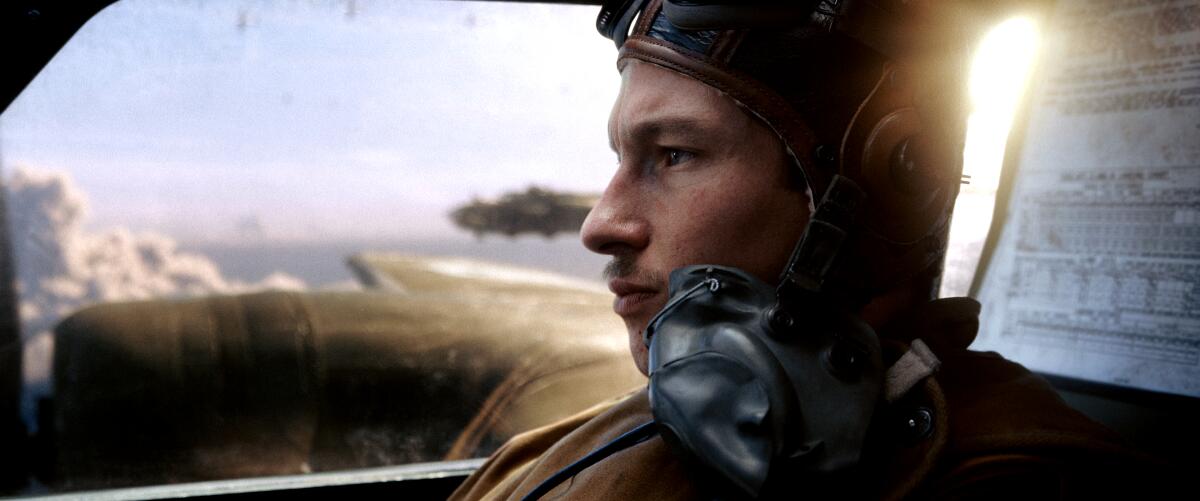
Callum Turner plays Major John “Bucky” Egen, who is based on a real person.
(Apple)
Jac, how did you film those chaotic cabin sequences for Munster Raid in episode 5?
Fitzgerald: As for framing, Cary and Adam had broken things down into a sort of roadmap: “These are good ways to shoot when you're in the cockpit.” We tried it for a while, but decided to do it a lot more in handheld mode so we could get up close and film the characters' reactions to each other and to what was happening outside the plane.
there was not Any real aerial photos?
Morrison: They later did some aerial shots that were used in episodes 5 and 6.
Fitzgerald: And after principal photography, they filmed plates and took several environmental shots.
When the B-17 is hit by Nazi anti-aircraft fire and the crew members are forced to retreat, it looks terrifying. How did you prepare the scenes of the jump from the plane?
Morrison: We had the actors jump out of the bomb bay doing stunts, and we hit them with a huge amount of wind and basically scared the shit out of them. Imagine hanging outside of an airplane right next to the propeller!
Where does that “wind load” come from?
Morrison: Our special effects supervisor, Neil Corbould, installed huge V8 engines with large propellers surrounded by a cage and fixed to the ground. We ran the engines just outside the frame, pushing air to motivate the [actor’s] body as it would be if you were traveling outside of an airplane at 200 miles per hour.
Fitzgerald: And every time a window broke, we used those wind machines to blow the actors inside the plane. To make it look even more dangerous, we made the gimbal shake the plane.
A B-17 survives Luftwaffe attacks and crash landings in North Africa. How did that sequence come about?
Fitzgerald: One of the planes was dismantled on [the airfield] location, mounted on a truck, driven to the [Lux Machina] volume stage and we reassembled it, so we had a whole plane sitting there in front of this big volume wall, which would be Africa. There were two or three super wide shots filmed on location. Then the terrain and everything was built to match that background environment.
“Masters of the Air” has a lot of intense action. Lee, what was the most challenging stunt you performed for this show?
Morrison: When we filmed our stuntmen at 2000 feet using round parachutes similar to what the guys in the 100th would have done in reality. “Rounds” came before modern canopy parachutes, which give you some control [to steer] left or right, but with the rounds, most of the time it's down and pretty quickly. [During the war]Many of the boys, when they fell to the ground, broke a leg or injured a knee or suffered back compression or, in the series, broke their neck.
So your specialists were actually jumping with the same type of rudimentary parachutes used during World War II?
Morrison: And they really wanted to do it. My advisor was General Simon Edwards, who has the most halo jumps in the world. [Royal Air Force] and test all the Special Forces parachutes. On one of the jumps, if you look closely, you will see his body bend in half backwards. [Edwards was not injured in the jump.] We were pushing the limits, but it looked great on the show. For us it was a great honor.

